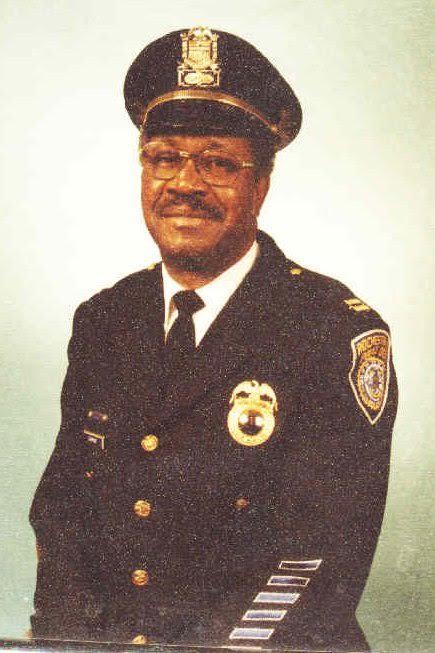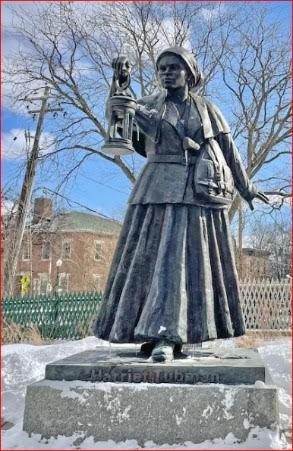During the mid-1990s, The Memorial A.M.E Zion Church, under the leadership of Reverend Errol E. Hunt, saw the need for low-income housing and affordable apartments. Utilizing New York State Affordable Housing funds and Greater Rochester Housing resources, he led a group of parishioners and clergy in creating the Frederick Douglas Community Development Corporation and Greater Rochester Partnership Housing Development Corporation Phase one included the 22 houses on Tubman Way. The homes were about 1500 sq. ft. with three bedrooms and two baths. Before completing the contract for the new houses, a course on owning a home – repairs and budgeting was required. In addition, two units of bedroom apartments were built for low income seniors – R.L. Edwards Manor apartments and The Daisy House apartments, both restricted to low-income seniors.
The new building required three new streets

Price Lane was named for Sergeant Charles “Charlie” Price. He was the first Black man to join the Rochester Police Department.
Dr. Samuel Wilbert McCree Jr. was a close friend of Rev. Hunt. Dr. McCree worked tirelessly for the underserved and founded: Project Spirit, helping people recovering from addiction; Project Faith serving those with HIV or AIDS; Operation Open Arms, helping abused women and Esther House, a haven for mothers and children fleeing domestic violence. Bronson Avenue was renamed, Dr. Samuel McCree Way. In his eulogy, Rev Hunt said, “His philosophy was, if your brother is down, you stop to lift him up.”
Tubman Way was named for Harriet Tubman, born Araminta Ross somewhere between 1820-1822 in Maryland. She married John Tubman and gave herself the name Harriet. When she escaped her slave home, her husband refused to join her. She worked in antislavery efforts and made several trips south to “transport packages” of slaves north. After the war, she joined the suffragettes in their struggle for the vote. Eventually, she was awarded $8 per month for her military service. She opened a home for the Aged in Auburn, New York, and when she died in 1913, she was buried with military honors at Fort Hill Cemetery in Auburn, NY.

The street should be named after Harriet since she often brought her packages up Plymouth Street to the Genesee River so they could make their way to Lake Ontario and freedom.
